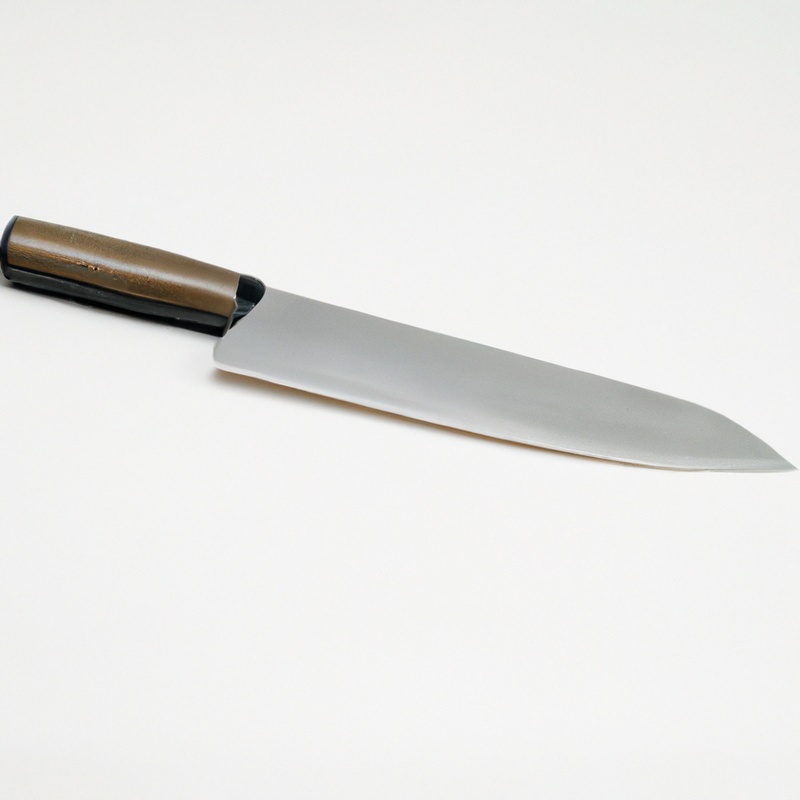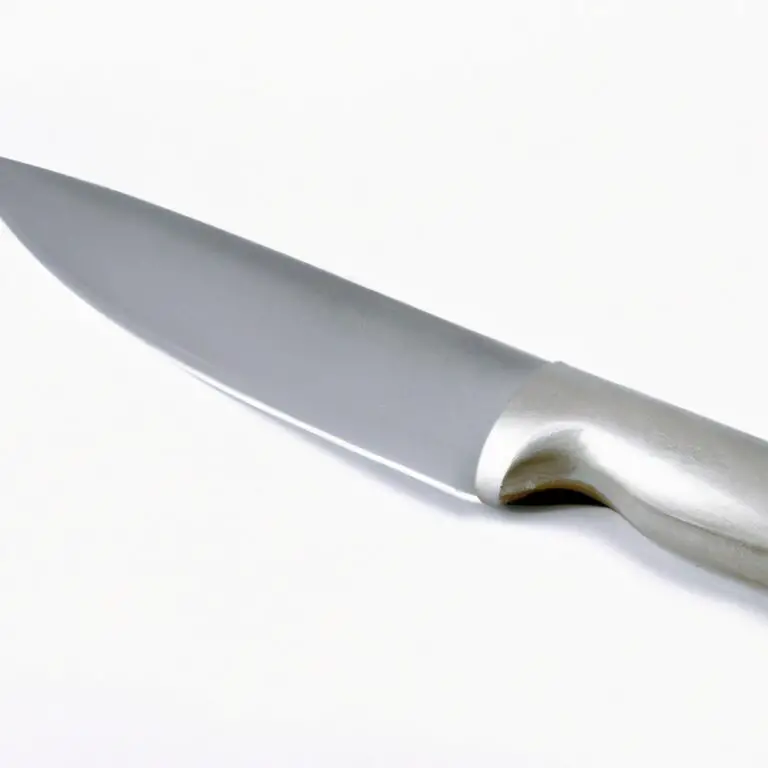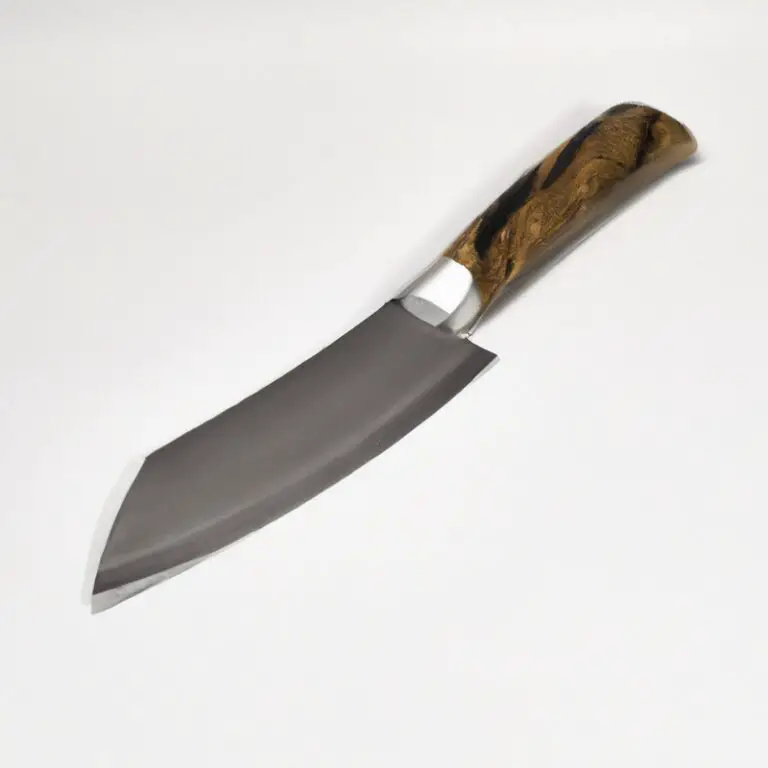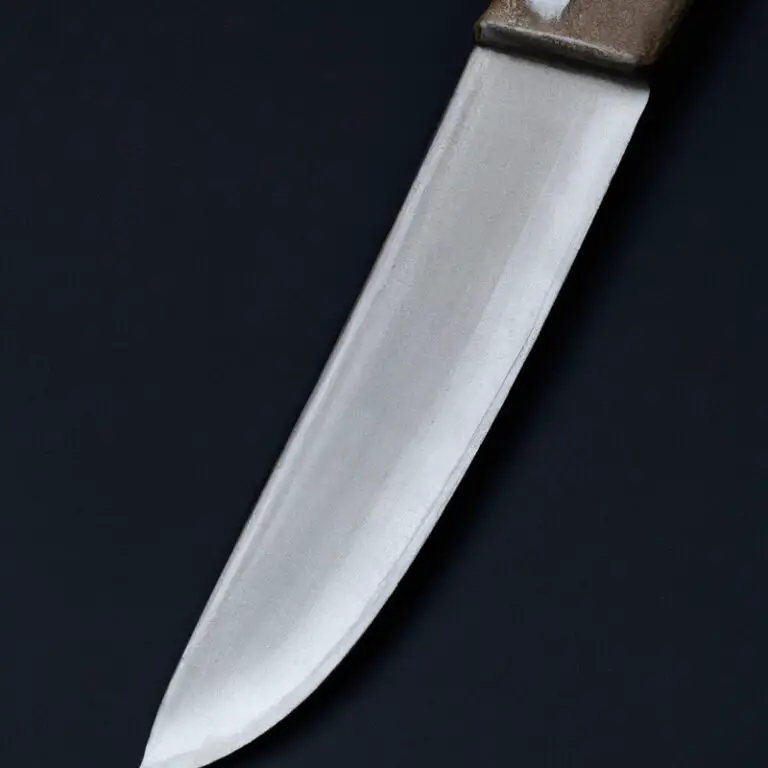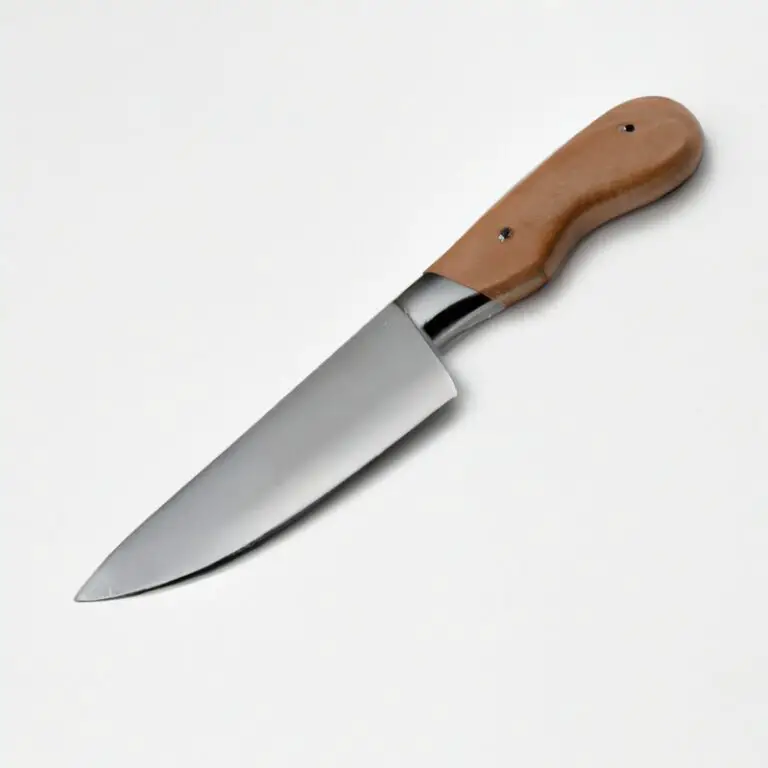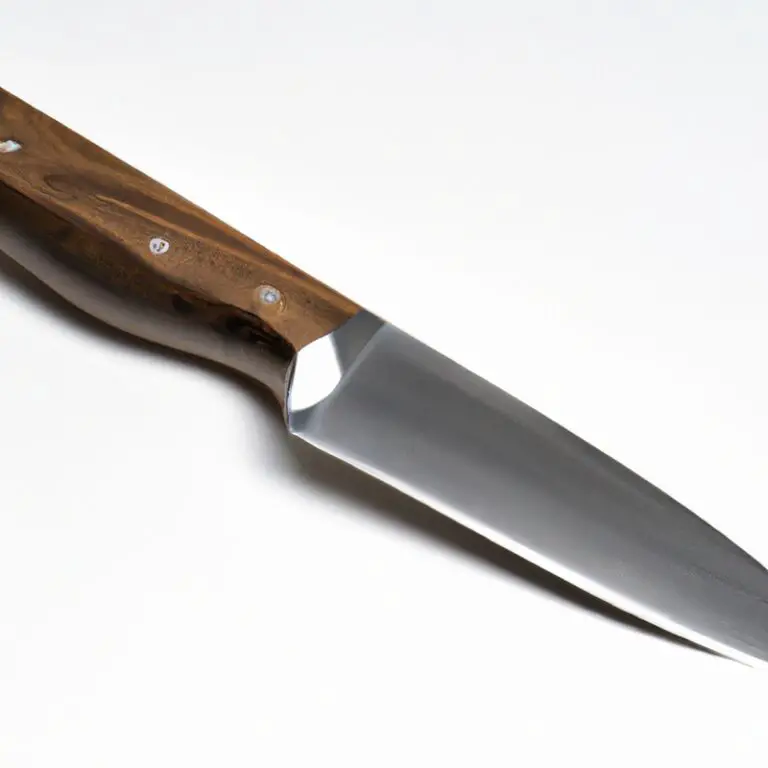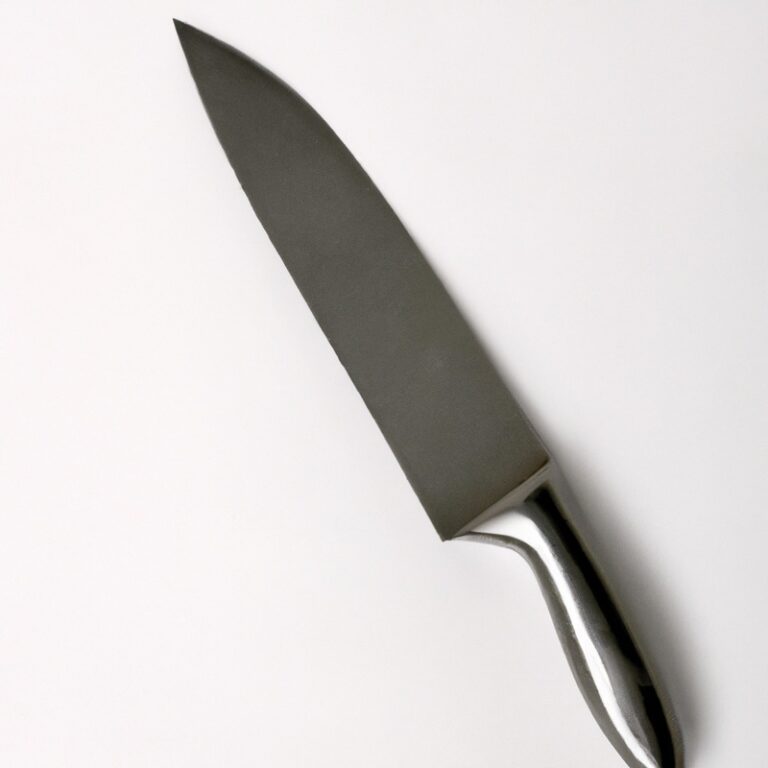How To Fillet a Tilapia Using a Fillet Knife? Master The Technique!
Key Takeaways:
- Proper technique and a sharp fillet knife are essential for cleanly filleting a tilapia.
- Start by making a cut behind the gills and following the spine down to the tail, using gentle pressure to remove the fillet.
- Remove the rib bones by slicing along the bones and lifting them out, then trim any remaining skin or bones.
- Practice and patience are key to mastering the art of filleting.
Have you ever wondered how to fillet a tilapia like a pro? Well, you’ve come to the right place.
As an avid fisherman and seafood enthusiast, I’ve filleted my fair share of fish over the years, and tilapia is one of my favorites.
In this article, I’ll walk you through the step-by-step process of filleting a tilapia using a fillet knife. We’ll cover everything from gathering the necessary tools and materials to identifying the fish’s anatomy and achieving professional results.
Plus, I’ll share some common mistakes to avoid along the way.
So, grab your fillet knife and let’s get started!
| Steps | Description |
|---|---|
| Step 1 | Place the tilapia on a clean, flat surface. Hold the tail with one hand and insert the tip of the fillet knife at the base of the head. Cut along the spine and through the rib bones to the tail. |
| Step 2 | Turn the fish over and repeat step 1 to fillet the other side of the fish. |
| Step 3 | Remove the skin by inserting the tip of the knife between the flesh and skin at the tail end. Hold the skin down with one hand as you slowly slide the knife under the skin towards the head. Cut the skin off at the head and repeat on the other side of the fish. |
| Step 4 | Remove any remaining bones by feeling along the fillet for small bones with your fingertips or with a pair of tweezers. |
Gather necessary tools and materials
Before filleting a tilapia, it is important to gather the necessary tools and materials. These include a sharp fillet knife, cutting board, paper towels, and a pair of pliers or fish scaler to remove scales.
It is also recommended to have a bowl to collect the discarded parts of the fish and a trash bag to dispose of them properly.
Having all the necessary tools and materials on hand can make the filleting process much smoother and efficient.
Prepare the tilapia for filleting
Before you begin filleting the tilapia, you need to prepare it first. Start by washing the fish under cold running water and patting it dry with a paper towel.
Lay the fish flat on a cutting board, and using a sharp knife, make a cut behind the gills and down to the backbone.
Turn the fish over, and repeat the process on the other side. Remove the head by cutting through the neck.
Next, remove the scales using a scaler or the back of a knife.
Finally, use kitchen shears to trim the fins and tail. Your tilapia is now ready to be filleted.
Identify the fish’s anatomy
To properly fillet a tilapia using a fillet knife, it is important to identify the fish’s anatomy. The main parts of a tilapia that you will be dealing with are the head, the backbone, and the fillet.
The head is located at the front of the fish, while the backbone runs along its center.
To begin the filleting process, you’ll need to make an incision along the spine, separating the fillet from the rest of the fish. Once you’ve done this on one side, repeat the process on the other, and you’ll be left with two fillets.
Begin the filleting process
To begin the filleting process, place the tilapia on a cutting board with its belly facing up. Locate the fish’s spine at the top of its body and make a small incision just behind the gills and along the spine.
Insert the tip of the fillet knife through the incision and cut along the spine towards the tail, using a gentle sawing motion.
Use your non-dominant hand to hold the fish steady as you cut. Once you reach the tail, use your knife to separate the fillet from the tailbone.
Repeat this process on the other side of the tilapia.
Remove the fillet from the skin
To remove the fillet from the skin, start by placing the fillet skin-side down on a cutting board. Use your non-dominant hand to hold the tail and use the fillet knife to slice between the flesh and skin from the tail towards the head.
Use a gentle sawing motion to help release the fillet from the skin.
Ensure that the knife blade is almost flat against the skin while cutting, to avoid removing any flesh with the skin. Work slowly and carefully, without putting too much pressure, to avoid tearing the fillet or leaving any skin on the flesh.
Once you have cut through the entire fillet, gently lift it away from the skin using a fish spatula or your fingers.
Discard the skin and repeat the process on the other side of the fish. Remember to always work with a sharp fillet knife, as a dull knife can result in a mangled fillet or a dangerous situation.
The filleting process requires practice and patience, but with time, you can easily remove the fillet from the skin like a pro.
Repeat the process on the other side
Once you have fully removed the first fillet, repeat the same process on the other side of the fish. Begin by inserting the fillet knife behind the gills and cutting downward toward the spine again.
Continue to slice along the spine, using the same technique as before.
Remember to use the tip of the knife to guide your cutting and keep your strokes smooth and continuous. Once you have fully separated the second fillet from the fish, clean and store them in a cool place until you are ready to cook.
Repeat the filleting process on the other side to get perfectly filleted tilapia.
Clean and store the fillets
Clean and store the fillets: After filleting the tilapia, it is essential to clean and store the fillets correctly to maintain their freshness and quality. Use cold water to clean the fillets thoroughly and remove any remaining bones or scales.
Pat the fillets dry with a paper towel or clean cloth.
Once dried, wrap them tightly in plastic wrap or aluminum foil and place them in the refrigerator. Alternatively, you can place the fillets in a sealed container or resealable plastic bag and freeze them for future use.
When stored correctly, fillets can last up to two days in the refrigerator and up to six months in the freezer.
Properly cleaning and storing the fillets will help preserve their flavor and texture.
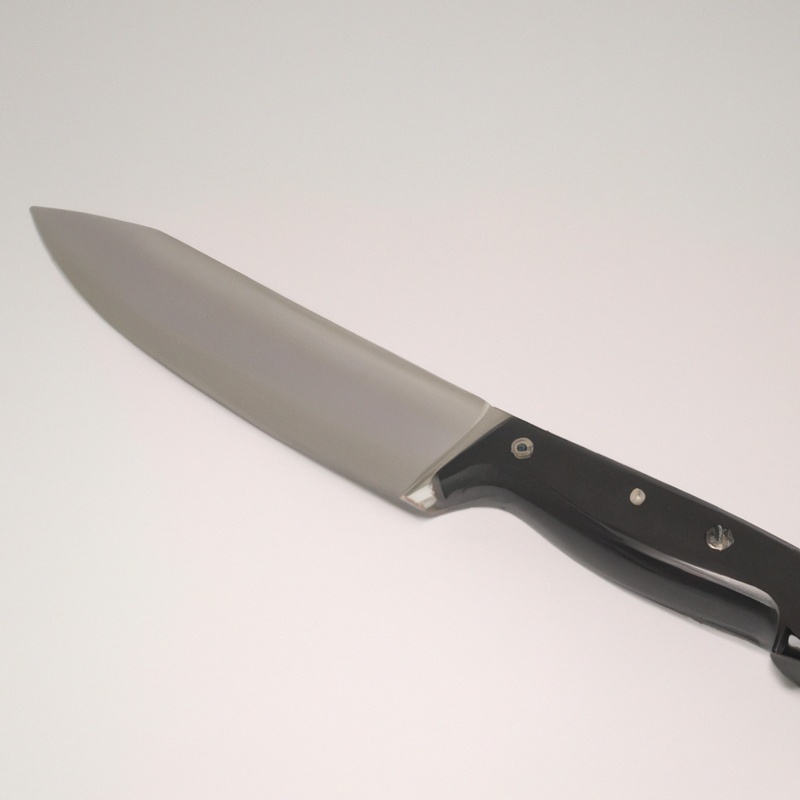
Options for cooking and serving the fillets
Once you’ve filleted your tilapia, there are many options for cooking and serving the fillets. Here are a few ideas:
- Grilled Tilapia: Brush fillets with olive oil and season with salt and pepper. Grill for 5-6 minutes on each side until cooked through.
- Baked Tilapia: Place fillets in a baking dish and season with salt, pepper, garlic, and lemon juice. Bake at 375°F for 10-12 minutes until cooked through.
- Tilapia Tacos: Cut fillets into small pieces and grill or pan-fry. Serve on corn tortillas with avocado, salsa, and lime wedges.
- Tilapia Ceviche: Dice fillets and marinate in lime juice and salt for 30 minutes. Add diced tomato, onion, jalapeño, and cilantro. Serve with tortilla chips.
- Tilapia Salad: Grill or pan-fry fillets and serve over mixed greens with cucumber, tomato, and a homemade vinaigrette.
No matter how you choose to prepare your tilapia fillets, be sure to season them well and cook them until they reach an internal temperature of 145°F. Enjoy!
Tips for achieving professional results
To achieve professional results when filleting a tilapia, it’s essential to use a sharp and flexible fillet knife. Additionally, it’s recommended to start with a fresh and properly defrosted fish.
When filleting, take your time and pay attention to the fish’s anatomy.
The key is to follow the bones while removing as much meat as possible. A great tip is to keep the fillet knife at an angle and use smooth, consistent strokes.
To remove the fillet from the skin, start at the tail end and slide the knife towards the head, making sure to keep the blade as close to the skin as possible.
To repeat the process on the other side, turn the fish over and repeat the steps. It’s important to keep the fillets clean and chilled until it’s time to cook them.
You can also experiment with different cooking methods and seasonings to enhance the flavor of the tilapia fillets.
Lastly, remember to practice, practice, practice. Filleting fish takes time and patience, but with practice, you can achieve professional results.
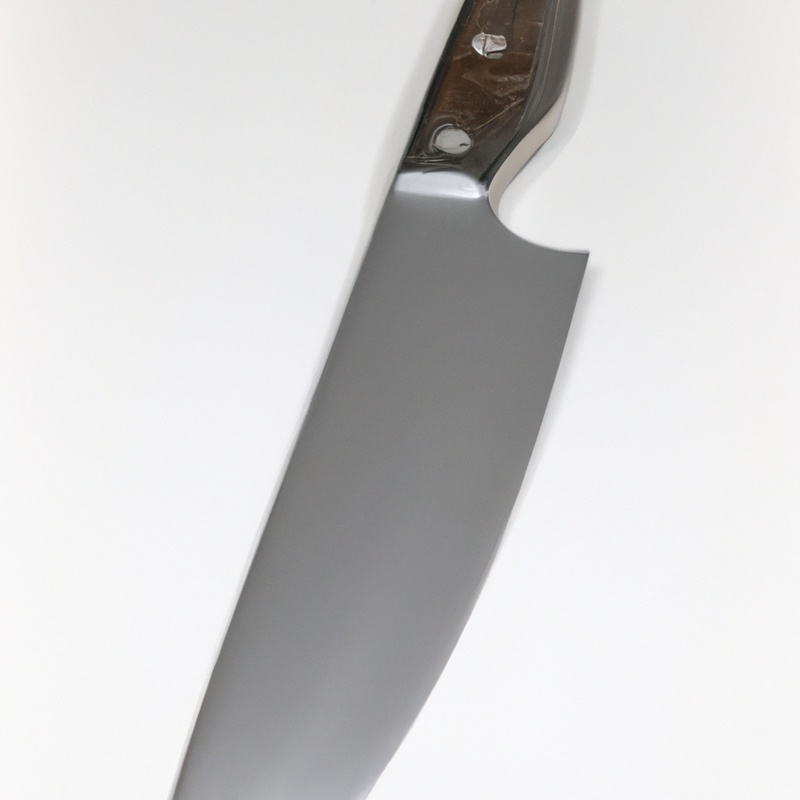
Common mistakes to avoid when filleting tilapia
When filleting a tilapia, there are a few common mistakes that should be avoided. Firstly, using a dull fillet knife can result in uneven cuts and potentially ruin the fillet.
Make sure your knife is sharp before beginning the process.
Another mistake is not properly identifying the fish’s anatomy. Not knowing where to cut can lead to unnecessary waste of meat or even damage to the fillet.
Take the time to familiarize yourself with the fish’s bone structure before starting.
Additionally, applying too much pressure while filleting can lead to damage or tearing of the fillet. Use a light touch and let the knife do the work.
Finally, not properly cleaning and storing the fillets can result in spoilage and potential health risks.
Make sure to rinse off any excess blood or debris and store the fillets in airtight containers in the fridge or freezer. Avoiding these common mistakes can ensure a successful and enjoyable filleting experience, resulting in delicious tilapia fillets.
Final Verdict
Filleting tilapia can be daunting for beginners, but with the right knowledge and tools, it can be accomplished successfully. Remember to start with sharp knives, pay attention to the fish’s anatomy, and practice removing the fillet from the skin until you get it right.
Cooking and serving tilapia fillets can be a breeze once you master filleting.
By avoiding common mistakes and following our tips, you can achieve professional results that will impress your guests. I hope this guide has been helpful in providing you with the necessary information, skills, and confidence to fillet tilapia like a pro.

